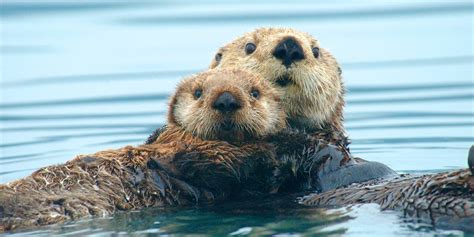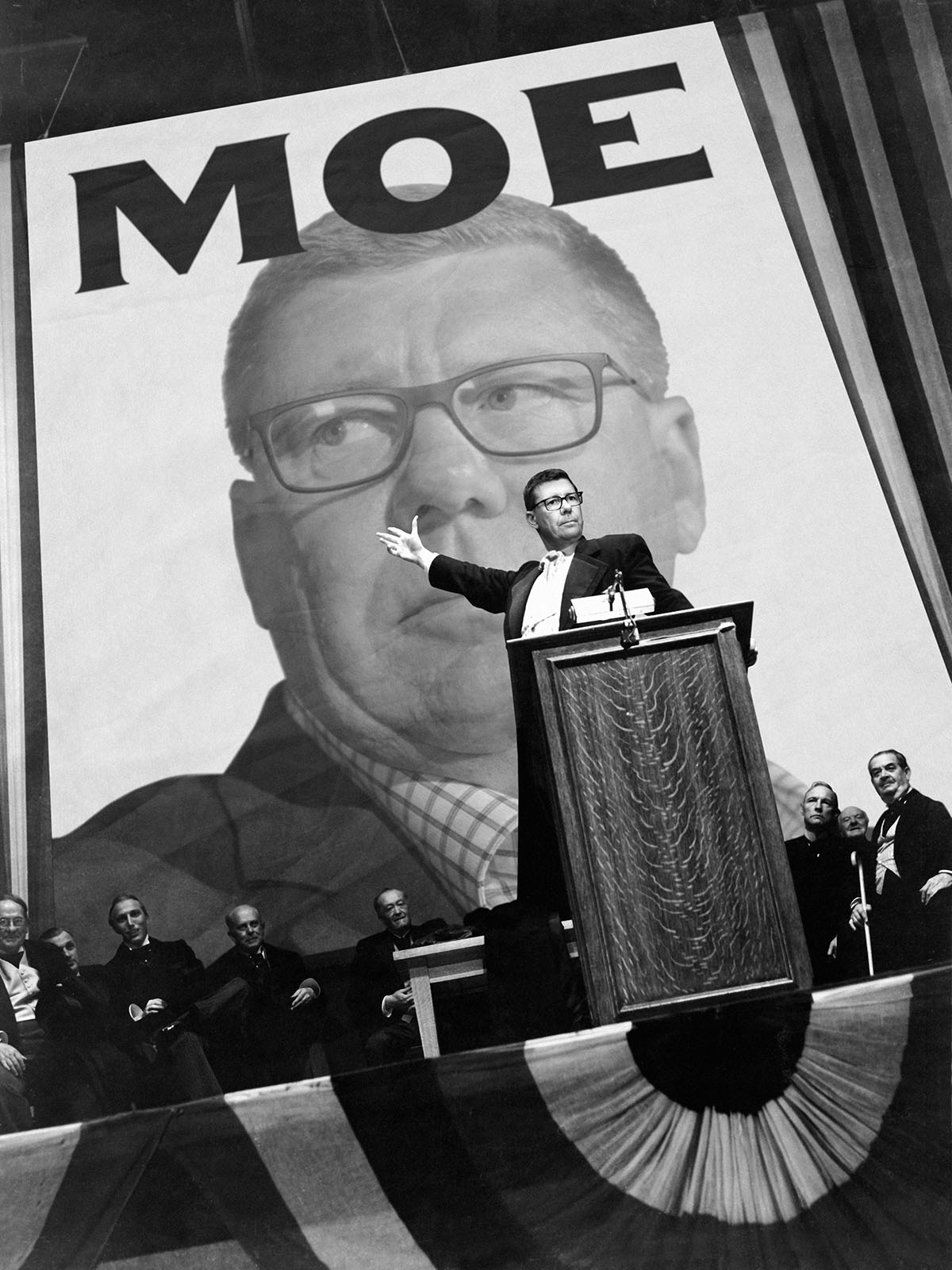- cross-posted to:
- canada
- [email protected]
- cross-posted to:
- canada
- [email protected]
For many Canadians, Saskatchewan—a province of over a million people in a space roughly the size of Texas—is something of an afterthought, a land of rolling prairies and infinite blue skies. But for those paying attention, Moe has become the face of a province that may have considerable sway over the nation’s climate policies and the heart of an increasingly Donald Trump-esque ideology. A man of nebulous personality, which shape-shifts as per the moment’s needs, Moe has established himself as one of the most popular premiers in the country. March data from the nonprofit Angus Reid Institute indicated that Moe had a 53 percent approval rating—one of only two provincial leaders in the country to exceed the majority mark that quarter.
The “watch me” moment has since become a defining aspect of Moe’s six years as premier—and, with it, his adversarial relationship with Prime Minister Trudeau’s federal Liberal government. As Simon Enoch, director of the Saskatchewan office of the Canadian Centre for Policy Alternatives, explains, this confrontational stance is Moe’s “one-trick pony,” which “seems to work.” Moe has successfully inched Saskatchewan politics further right—with extreme climate, LGBTQ2S+, education, and economic policies. The party has expanded the range of policy possibilities that the public is willing to accept. “You see consistently, over the past two or three years, a movement towards being a solid right-wing populist party, led by a right-wing populist guy in the form of Mr. Scott Moe,” says Ian Hanna, former special communications adviser for Wall. “There’s a transition in the party and a transition in the province.”
Still, “he’s going to win the next election,” Hanna says. The Saskatchewan electoral system is configured so Moe can lose almost every urban vote in the province and maintain his leadership in the general election. The question many around the country are left asking is: What makes him so popular?


